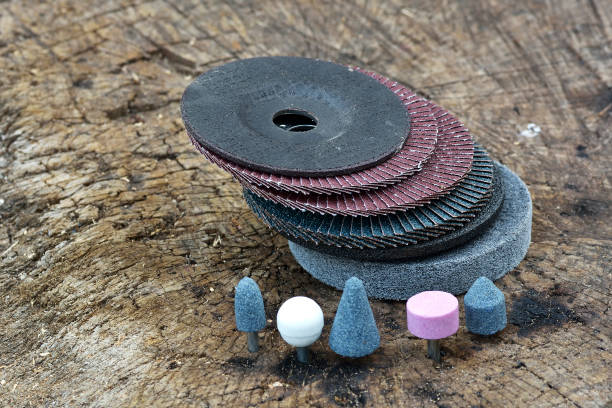There are a few factors you should keep in mind when choosing a abrasive grinding wheel. The abrasive grinding wheel consists of two main parts, including abrasive particles and a binder that holds the particles together. The abrasive particles are actually cut, and the bonding helps to support the particles during cutting.
One feature that should be considered when selecting a abrasive grinding wheel is the grain.
The particle size of each abrasive grinding wheel corresponds to the number of particles in the abrasive grinding wheel. Higher amounts (eg, 70, 100, and 180) can be used for fine surface treatment of small area contacts on hard and brittle materials.
Lower numbers (such as 10, 16 or 24) can be used to remove more material where the finish is not important.
Ceramic binders are the most commonly used binders in abrasive grinding wheels. They are rigid, porous, strong and also very brittle. Glass bonded abrasives remove raw materials efficiently and grind to precise requirements.
Be careful when handling the abrasive grinding wheel.
Care should be taken to check for damage after transport or storage. Never use broken abrasive grinding wheels. During the inspection, the protective cover, shield, flange, spindle and mounting nut on the machine should also be inspected for damage.
These are important considerations to consider when selecting and handling the abrasive grinding wheel.
The shaping and resizing of the BINIC abrasive grinding wheel modifies the size and shape of the abrasive grinding wheel according to your exact specifications. We can only modify the vitrified abrasive grinding wheel, but we can test the speed of any type of abrasive grinding wheel. This is abrasive grinding wheel manufacturers.

